
HomePony Know HowRiding TipsJumpingOur complete guide to showjumping fences
-
Pony Care Tips
Learn everything you need to know about caring for your fave pony. From feeding and grooming to mucking out – we have it all here!
-
Riding Tips
Improve your riding with our fab articles! Whether it's building your confidence, riding shapes, or jumping spreads that you need tips on, we have something for every rider.
Latest News
Our complete guide to showjumping fences
Posted in Jumping
Follow our guide on how to jump different types of fences and you’ll be flying around the course in no time!
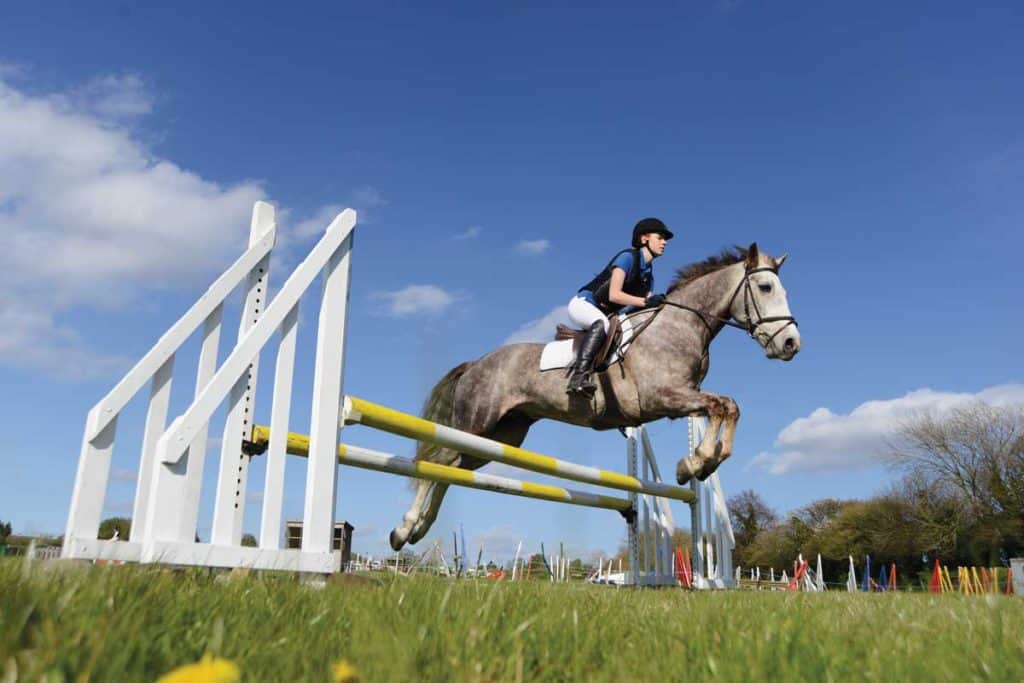
One of the best things about showjumping is all the types of fences there are to jump. No one fence is the same and each will require a slightly different approach. Some need a forward canter while others require a steadier pace. Here are some of the main types of fences and how to tackle them…
Types of fences
Cross-poles
What is it? A cross-pole is made of two poles with opposite ends raised to form a cross shape. They’re a great way to start warming up for jumping.
How to ride it… The centre where the two poles cross is the lowest point of the fence and where you should aim to jump. You can approach this fence in trot or canter in either direction.
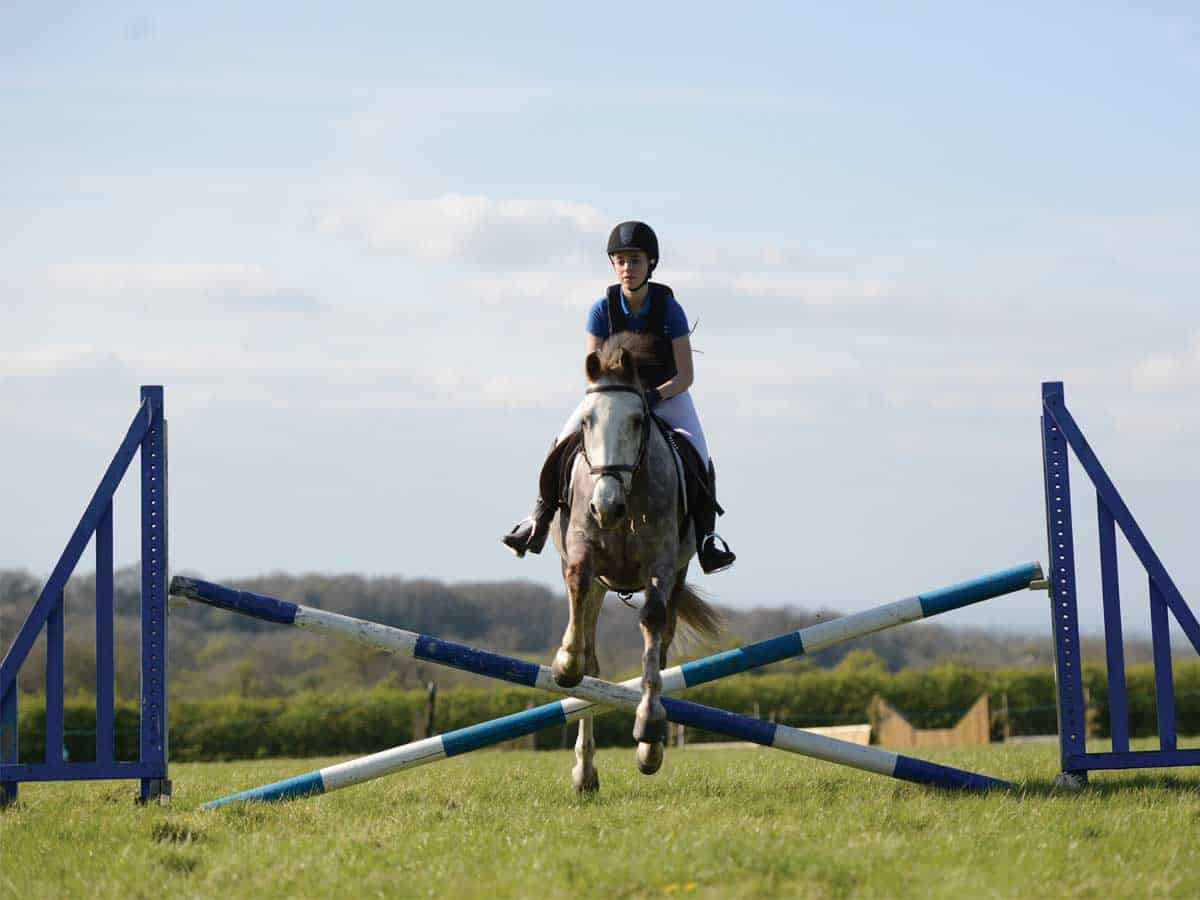
Uprights
What is it? An upright is a single fence made of poles and sometimes a filler, too.
How to ride it… Although they’re relatively easy to jump, it’s important to ride uprights properly. You’ll need a bouncy canter to help your pony jump well over the fence and clear it. Remember to look up and over the fence to your next one as you land.
Spreads
What is it? Also known as an oxer, a spread is made up of two uprights placed slightly apart to create one wider fence. Although they can look scary, spreads are actually easy for your pony to jump as they encourage him to round his back.
How to ride it… You’ll need a confident, open canter to tackle this fence, so wrap your legs around your pony’s sides to encourage him forward. Look up and ahead, and aim for the centre of the fence.
Did you know?
Spreads can be parallel or ascending – the poles in a parallel are the same height, whereas on an ascending spread the back pole (on the landing side) is set slightly higher than the front one.
Combinations
What is it? A combination is two or more fences that are less than three strides apart from each other, such as a double. The fences will have the same number, but given an individual letter – for example, 4a and 4b.
How to ride it… Make sure you know how many strides your pony should take between each part of the combination, as this will help you prepare for jumping the next element. Ask for a forward, bouncy canter and approach the first element of the combination straight, aiming for the centre.
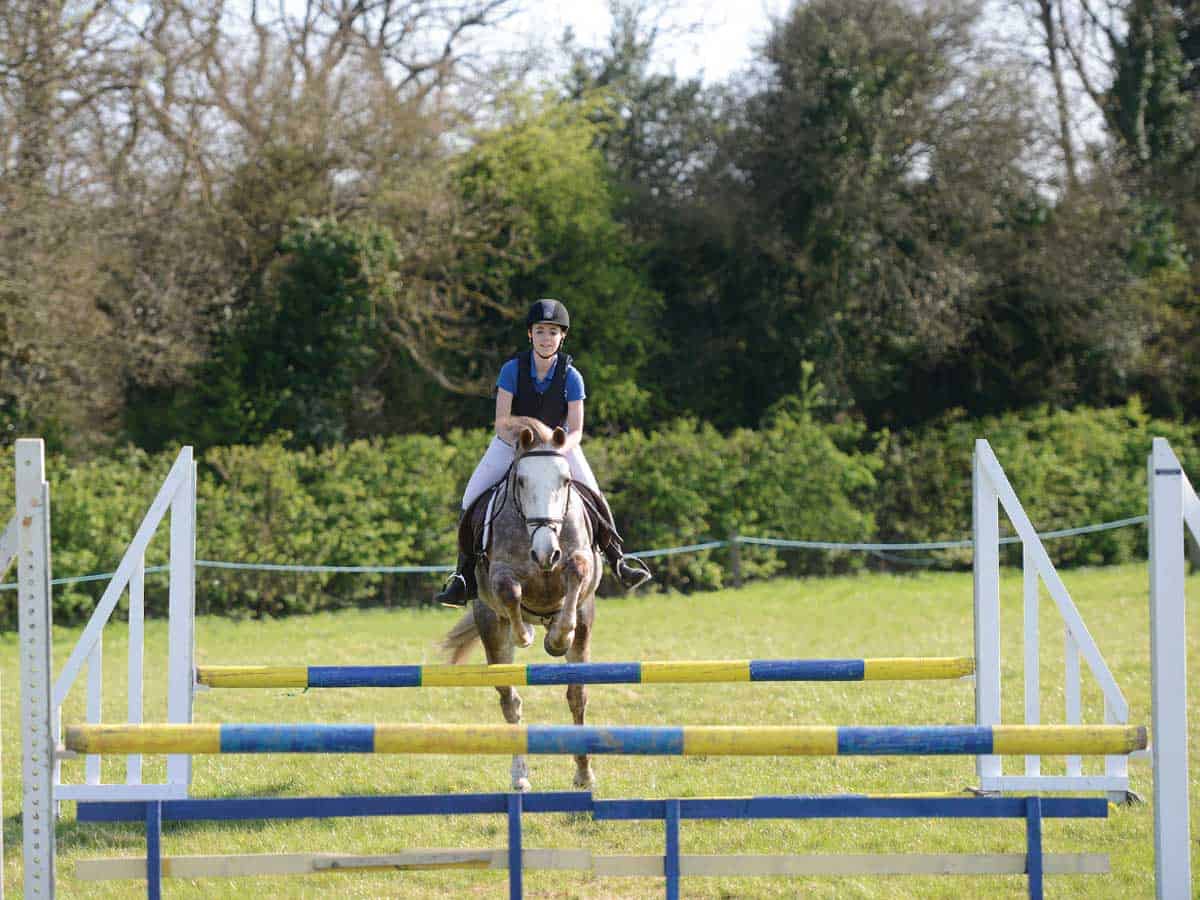
When you land, maintain a forward canter but don’t rush, otherwise you’ll have less time to prepare for the next fence. Make sure you keep the impulsion through the combination for a confident jump out because not having enough can result in a refusal or a run out.
Top tip
Remember, impulsion isn’t the same as speed. Impulsion is the energy your pony needs to get himself over the jump.
Related distances
What is it? A related distance is made up of a pair of differently numbered fences that are three to five strides apart. Related distances are similar to a combination and can be approached in the same way. However, the two fences might not be built in a straight line, but instead are on a slight bend known as a dog-leg.
How to ride it… It’s important to walk the course and know what line you need to take to the second fence. Make sure that you have an even contact and stick to your planned route. As you’re landing from the first fence, look over to the second to let your pony know where the next fence is.
Planks
What is it? This is just like an upright but made up of straight planks rather than rounded poles. Planks are sometimes supported by flat cups, which can make them easier to knock down.
How to ride it… As you approach, wrap your legs firmly round your pony’s sides to keep straight and aim for the centre of the fence. Be careful not to approach too fast, as your pony needs enough time to get his hindquarters underneath him to make a good shape over the fence.
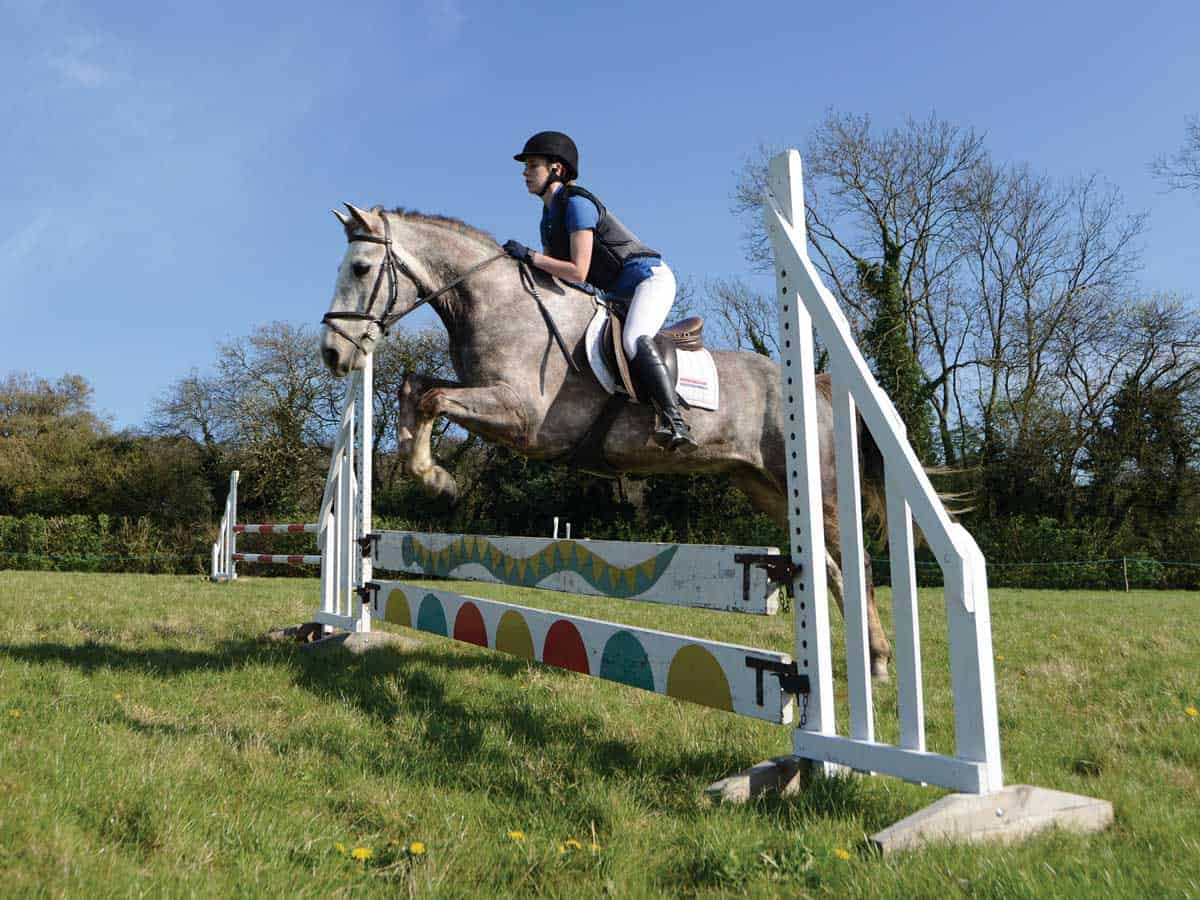
Top tip
If your pony isn’t listening to you, come back to trot for a few strides before asking him to canter on again.
Fillers
What is it? Fillers are added underneath or to the sides of fences. Some ponies find them scary, as they can be colourful and designed in odd shapes or patterns.
How to ride it… Maintain a forward, bouncy canter and sit up tall. Wrap your legs tightly around his sides and ride positively. Fillers are designed to draw your eye and make you look down, so it’s important to make sure that you’re looking up and over the fence.
Skinnies
What is it? Skinnies are narrow fences. They look simple but can be tricky, as there’s less of a jump to aim at.
How to ride it… A straight approach is vital to stop your pony being tempted to duck out the side. Make sure you’ve planned the line you’re going to take before attempting to jump. Ask for a steady canter and maintain an even contact. Keep your legs pressed against his sides to help him stay straight and ride confidently.
Now you’re ready to tackle any fence you meet, just remember to ride positively and have fun conquering those courses!
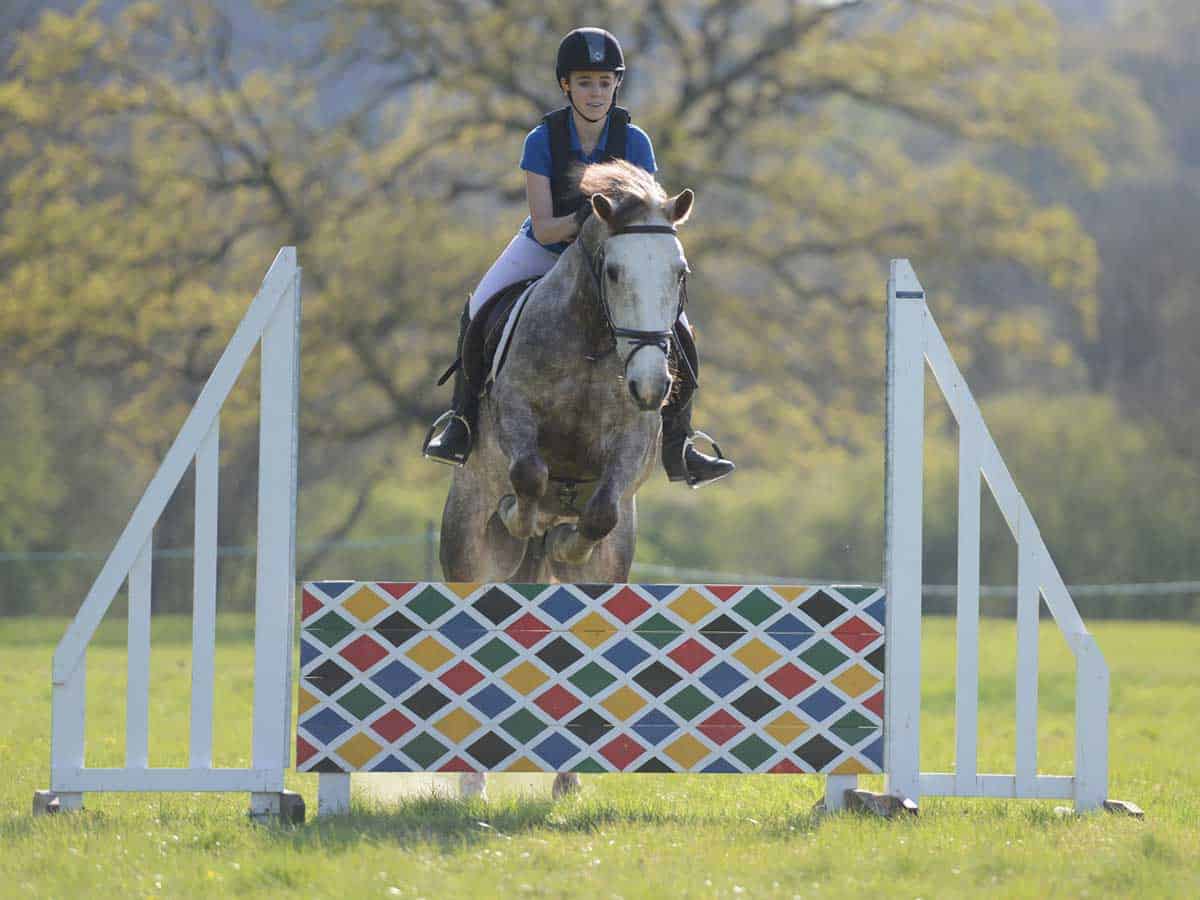
Your Comments
2 responses to “Our complete guide to showjumping fences”
Leave a Reply
You must be logged in to post a comment.


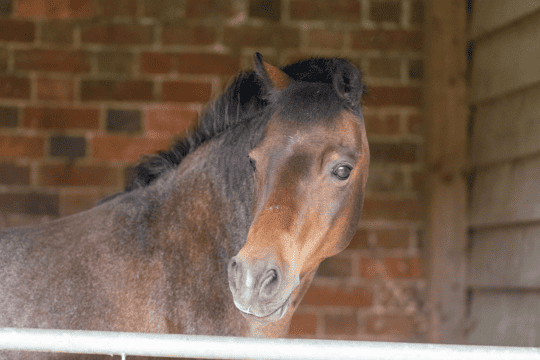
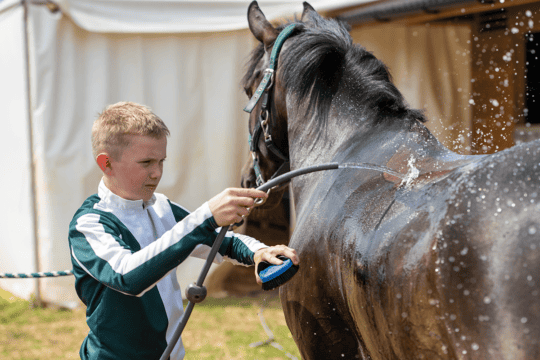

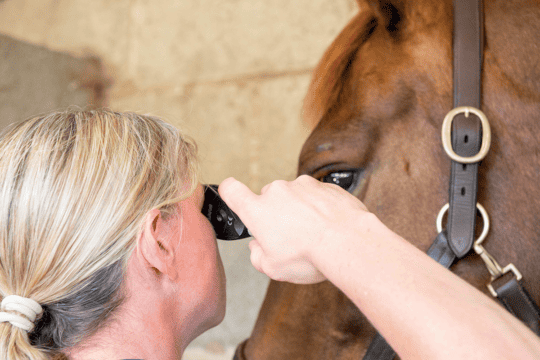








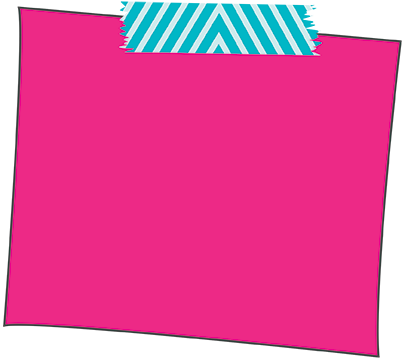







thanks that hopefully will help!!!!!!!!!!!!!!!!!!!!!!!!!!!!!!!!!
wow that helpes loads